Universal coherence protection has been achieved in a solid-state spin qubit – a modification that allows quantum systems to stay operational (“coherent”) for 10,000 times longer than before.


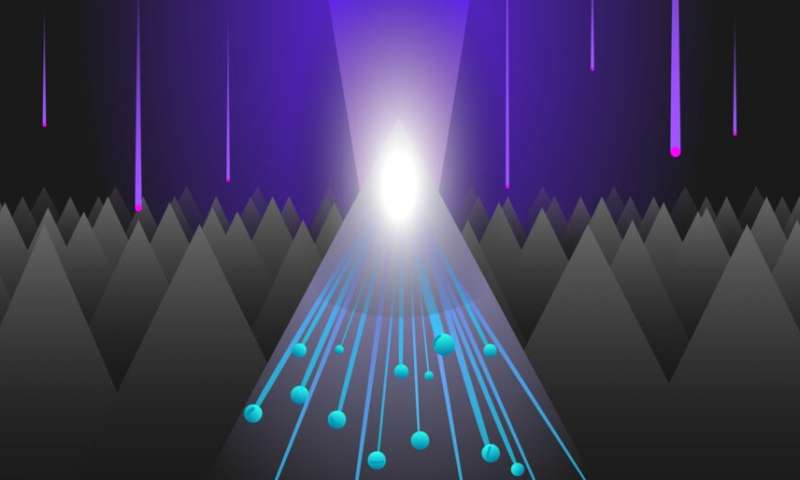
Aalto University researchers have developed a black silicon photodetector that has reached above 130% efficiency. Thus, for the first time, a photovoltaic device has exceeded the 100% limit, which has earlier been considered as the theoretical maximum for external quantum efficiency.
“When we saw the results, we could hardly believe our eyes. Straight away we wanted to verify the results by independent measurements,” says Prof. Hele Savin, head of the Electron Physics research group at Aalto University.
The independent measurements were carried out by the German National Metrology Institute, Physikalisch-Technische Bundesanstalt (PTB), which is known to provide the most accurate and reliable measurement services in Europe.

Safe Messaging
Cybersecurity experts have long warned that quantum computers, whenever it is that they become useful, will render useless most conventional forms of encryption. This new satellite experiment, which is described in research published in the journal Nature, suggests that it may be possible to send secure messages yet.
“A remarkable feature of the entanglement-based quantum cryptography as we demonstrated here is that such security is ensured even if the satellite is controlled by an adversary,” University of Science and Technology physicist Jian-Wei Pan told Space.com.
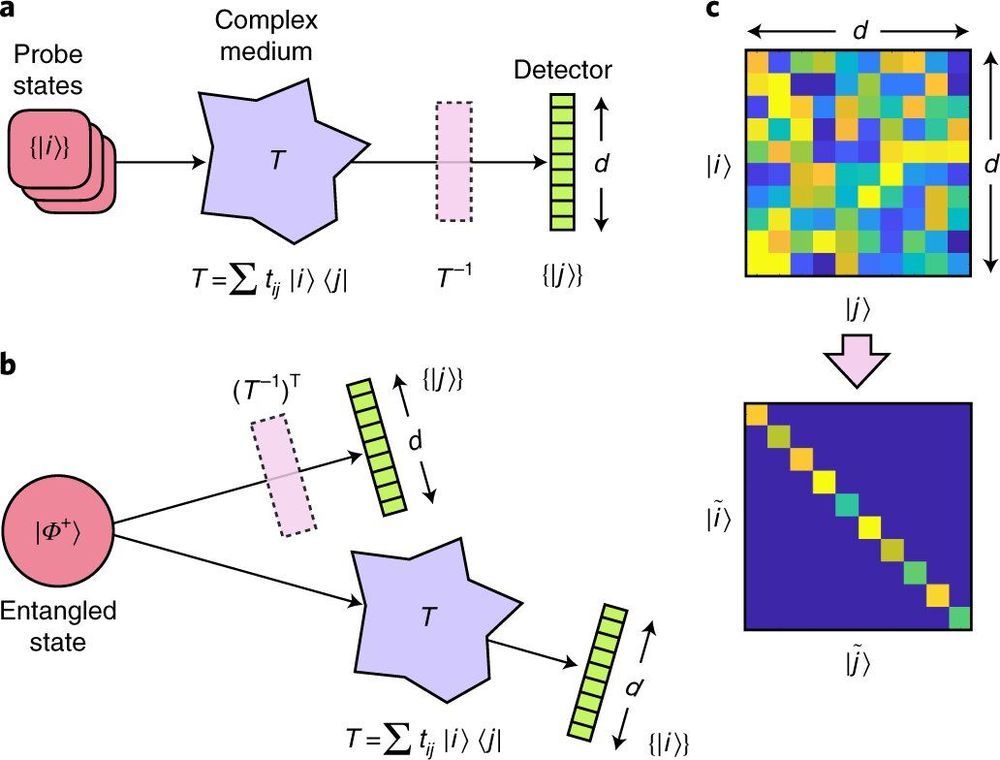
A team of researchers from Heriot-Watt University, the Indian Institute of Technology and the University of Glasgow has demonstrated a way to transport entangled particles through a commercial fiber cable with 84.4% fidelity. In their paper published in the journal Nature Physics, the group describes using a unique attribute of entanglement to achieve such high fidelity. Andrew Forbes and Isaac Nape with the University of Witwatersrand have published a News & Views piece in the same journal issue outlining issues with sending entangled particles across fiber cables and the work done by the team in this new effort.
The study of entanglement, its properties and possible uses has made headlines due to its novelty and possible applications —particularly in quantum computers. One of the roadblocks standing in the way of its use as an international computer communications medium is noise encountered along the path through fiber cables that destroys the information they carry. In this new effort, the researchers have found a possible solution to the problem—using a unique attribute of entanglement to reduce losses due to noise.
The work exploited a property of quantum physics that allows for mapping the medium (fiber cable) onto the quantum state of a particle moving through it. In essence, the entangled state of a particle (or photon in this context) created an image of the fiber cable, which allowed for reversing the scattering within it as a photon was transmitted. And furthermore, the descrambling could be achieved without having anything touch either the fiber or the photon that moved through it. More specifically, the researchers sent one of a pair of photons through a complex medium, but not the other. Both were then directed toward spatial light modulators and then on to detectors, and then finally to a device used to correlate coincidence counting. In their setup, light from the photon that did not pass through the complex medium propagated backward from the detector, allowing the photon to appear as if it had emerged from the crystal as the other photon.

If we can harness it, quantum technology promises fantastic new possibilities. But first, scientists need to coax quantum systems to stay yoked for longer than a few millionths of a second.
A team of scientists at the University of Chicago’s Pritzker School of Molecular Engineering announced the discovery of a simple modification that allows quantum systems to stay operational—or “coherent”—10,000 times longer than before. Though the scientists tested their technique on a particular class of quantum systems called solid-state qubits, they think it should be applicable to many other kinds of quantum systems and could thus revolutionize quantum communication, computing and sensing.
The study was published Aug. 13 in Science.
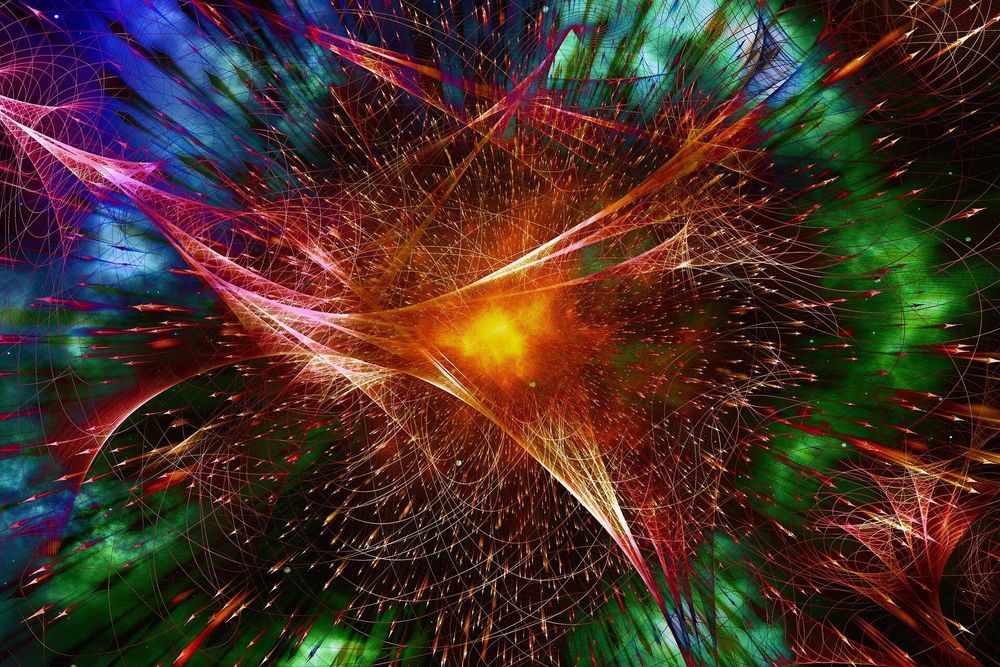
Yale physicists have developed an error-correcting cat—a new device that combines the Schrödinger’s cat concept of superposition (a physical system existing in two states at once) with the ability to fix some of the trickiest errors in a quantum computation.
It is Yale’s latest breakthrough in the effort to master and manipulate the physics necessary for a useful quantum computer: Correcting the stream of errors that crop up among fragile bits of quantum information, called qubits, while performing a task.
A new study reporting on the discovery appears in the journal Nature. The senior author is Michel Devoret, Yale’s F.W. Beinecke Professor of Applied Physics and Physics. The study’s co-first authors are Alexander Grimm, a former postdoctoral associate in Devoret’s lab who is now a tenure-track scientist at the Paul Scherrer Institute in Switzerland, and Nicholas Frattini, a graduate student in Devoret’s lab.


Physicists have long sought to understand the irreversibility of the surrounding world and have credited its emergence to the time-symmetric, fundamental laws of physics. According to quantum mechanics, the final irreversibility of conceptual time reversal requires extremely intricate and implausible scenarios that are unlikely to spontaneously occur in nature. Physicists had previously shown that while time-reversibility is exponentially improbable in a natural environment—it is possible to design an algorithm to artificially reverse a time arrow to a known or given state within an IBM quantum computer. However, this version of the reversed arrow-of-time only embraced a known quantum state and is therefore compared to the quantum version of pressing rewind on a video to “reverse the flow of time.”
In a new report now published in Communications Physics, Physicists A.V. Lebedev and V.M. Vinokur and colleagues in materials, physics and advanced engineering in the U.S. and Russia, built on their previous work to develop a technical method to reverse the temporal evolution of an arbitrary unknown quantum state. The technical work will open new routes for general universal algorithms to send the temporal evolution of an arbitrary system backward in time. This work only outlined the mathematical process of time reversal without experimental implementations.
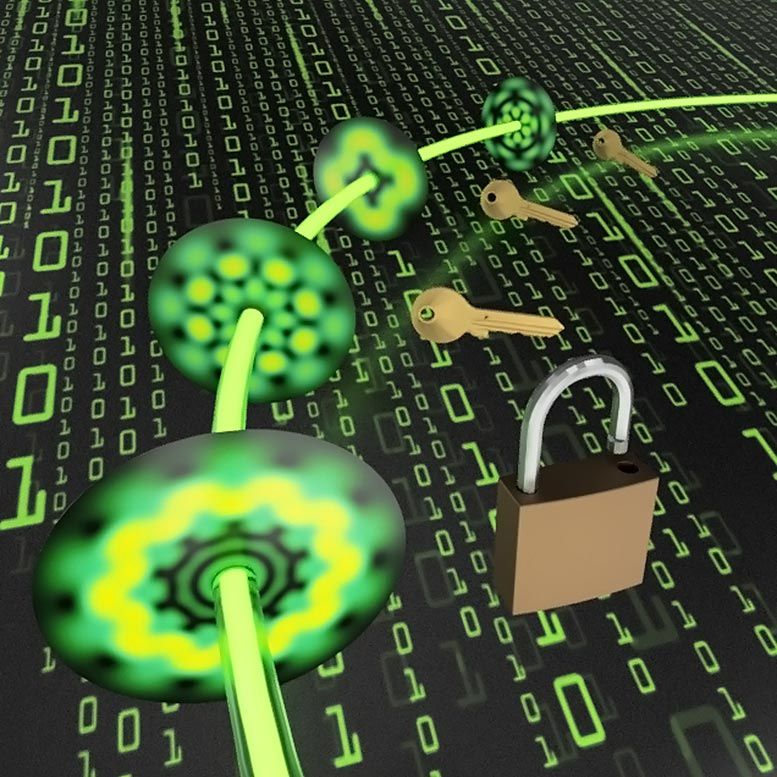
Wits Researchers have demonstrated a new quantum approach for sharing a secret amongst many parties, setting a new record for the highest dimensions and parties to date.
Researchers at the University of the Witwatersrand in Johannesburg, South Africa, have demonstrated a record setting quantum protocol for sharing a secret amongst many parties. The team created an 11-dimensional quantum state and used it to share a secret amongst 10 parties. By using quantum tricks, the secret can only be unlocked if the parties trust one another. The work sets a new record for the dimension of the state (which impacts on how big the secret can be) and the number of parties with whom it is shared and is an important step towards distributing information securely across many nodes in a quantum network.
Laser & Photonics Reviews published online the research by the Wits team led by Professor Andrew Forbes from the School of Physics at Wits University. In their paper titled: Experimental Demonstration of 11-Dimensional 10-Party Quantum Secret Sharing, the Wits team beat all prior records to share a quantum secret.
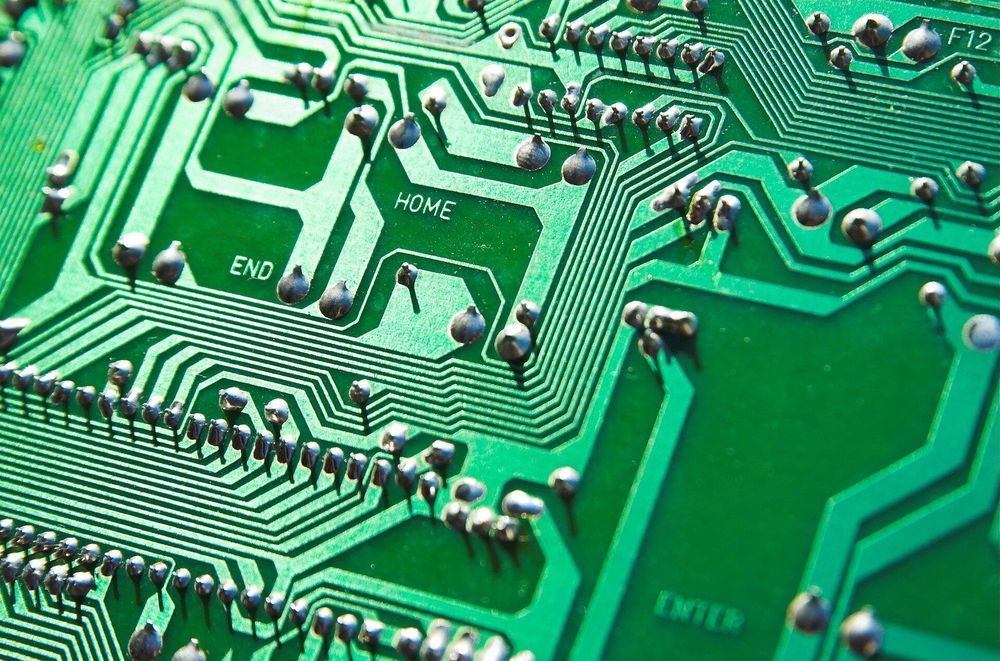
The life-givers of integrated circuits and quantum devices in silicon are small structures made from patches of foreign atoms called dopants. The dopant structures provide charge carriers that flow through the components of the circuit, giving the components their ability to function. These days the dopant structures are only a few atoms across and so need to be made in precise locations within a circuit and have very well-defined electrical properties. At present manufacturers find it hard to tell in a non-destructive way whether they have made their devices according to these strict requirements. A new imaging paradigm promises to change all that.
The imaging mode called broadband electric force microscopy, developed by Dr. Georg Gramse at Keysight technologies & JKU uses a very sharp probe that sends electromagnetic waves into a silicon chip, to image and localize dopant structures underneath the surface. Dr. Gramse says that because the microscope can use waves with many frequencies it can provide a wealth of previously inaccessible detail about the electrical environment around the dopant structures. The extra information is crucial to predicting how well the devices will ultimately perform.
The imaging approach was tested on two tiny dopant structures made with a templating process which is unique in achieving atomically sharp interfaces between differently doped regions. Dr. Tomas Skeren at IBM produced the world’s first electronic diode (a circuit component which passes current in only one direction) fabricated with this templating process, while Dr. Alex Kölker at UCL created a multilevel 3D device with atomic scale precision.